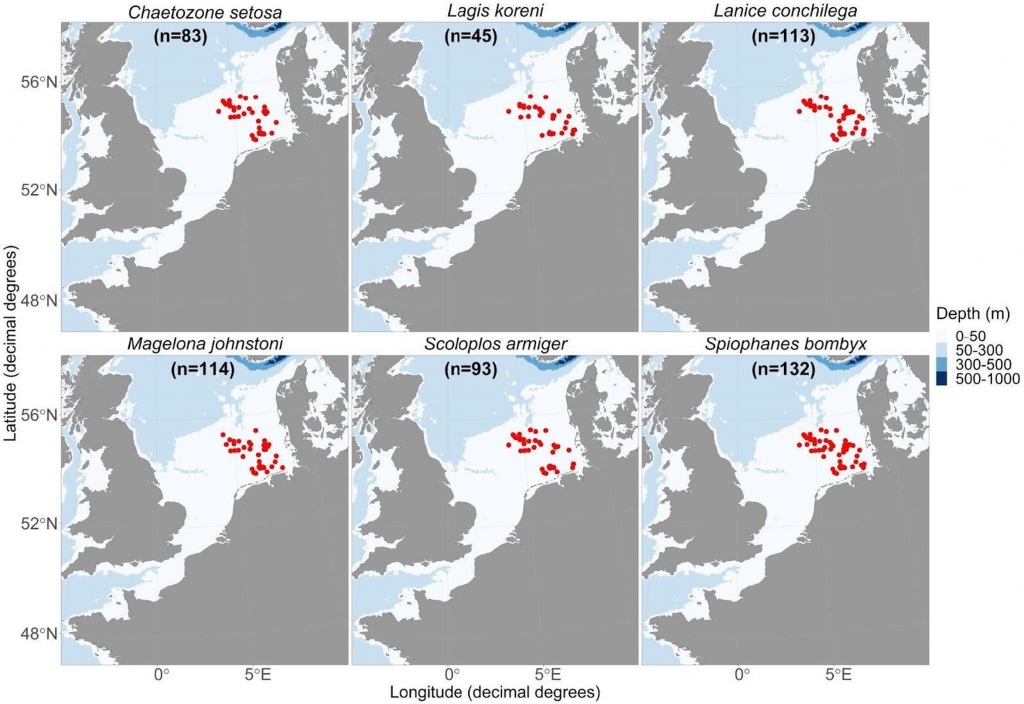In the summer of last year, Zoologica Scripta organized an international symposium around the topic of ‘The role of systematics for understanding ecosystem functions’ in the premises of Norwegian Academy of Sciences and Letters in Oslo. The symposium aimed at offering a forum for exploring and discussing trends and future developments in the field of systematics and ecosytem functioning. Eleven international experts contributed expertise on various issues related to global challenges, such as biodiversity assessments, databases, cutting-edge analysis tools, and the consequences of the taxonomic impediment. In this paper lead by Lutz Bachmann from our group, we compiled the the main content and key conclusions of the majority of the presentations by the different speakers.
Hugo de Boer and Stine Svalheim Markussen discussed the changes in taxonomy and future directions of these changes. They highlight for example that for many species, we are unaware of their extinction risk because we know them so poorly and although new species are continuously being described, many more species are going extinct without us knowing about it or even having discovered them. They conclude that taxonomic skills are in increasing demand in collaborative research. Hence, it is important to understand and highlight where the taxonomic skills can yield synergies in promoting the field.

Veronika Johansson and Kevin Holston present the importance of biodiversity databases. Biodiversity databases are an important resource for research in ecology, evolution and ecosystem dynamics. A crucial role as databases plays thereby GBIF as a central registry and data aggregator with clear community standards. This allows leveraging the power of available biological data, but it is also a major challenge for GBIF as a data publisher and data hub, focused on interoperability to improve the potential for novel data use. Dieter Piepenburg et al. also highlighted the importance of databases by providing insights into Critterbase and its potential in exploring marine invertebrate biodiversity. They provided different examples of the utility of the usage of such databases (see the picture above).
I myself showed the the potential of genomic research in understanding biodiversity change and also the role of taxonomic challenges like cryptic species can play in this endeavor. The potential includes genomic screening of samples directly in the field as well as the opportunities that the new consortia like Biodiversity Genomics Europe (BGE) provide. Using Stygocapitella as an example, I highlighted the importance of better understanding the evolution and distribution patterns of cryptic species. On the other side, Maarten Vanhove looked on the biodiversity of parasites and how important it is also to consider them in our biodiversity studies. He showed several different examples of parasites being excellent target organisms for research into a range of fundamental and applied biodiversity-related topics including conversation biology.

Finally, the last two chapters by Paula Pappalardo and Karen Osborn as well as Bente Edvardsen addressed the importance of metabarcoding studies in our understanding of ecosystems and biodiversity. Pappalardo and Osborn concentrated predominantly on the importance of the barcode libraries for this application and the challenges still associated with it. They concluded that to fulfil the promises of metabarcoding, DNA reference databases need to be improved by keeping taxon
names updated, reporting errors, and publishing sequences associated with vouchers. Edvardsen, on the other hand, exemplified the potential of metabarcoding studies in protist research. A problem with metabarcoding of protists is that the majority of marine protists lack reference sequences. She concludes that to be able to link taxonomic diversity to functional diversity, more information on different traits is needed.
Bachmann, L., Beermann, J., Brey, T., de Boer, H. J., Dannheim, J., Edvardsen, B., Ericson, P. G. P., Holston, K. C., Johansson, V. A., Kloss, P., Konijnenberg, R., Osborn, K. J., Pappalardo, P., Pehlke, H., Piepenburg, D., Struck, T. H., Sundberg, P., Markussen, S. S., Teschke, K., & Vanhove, M. P. M. (2023). The role of systematics for understanding ecosystem functions: Proceedings of the Zoologica Scripta Symposium, Oslo, Norway, 25 August 2022. Zoologica Scripta, 52, 187–214. https://doi.org/10.1111/zsc.12593
![]()
